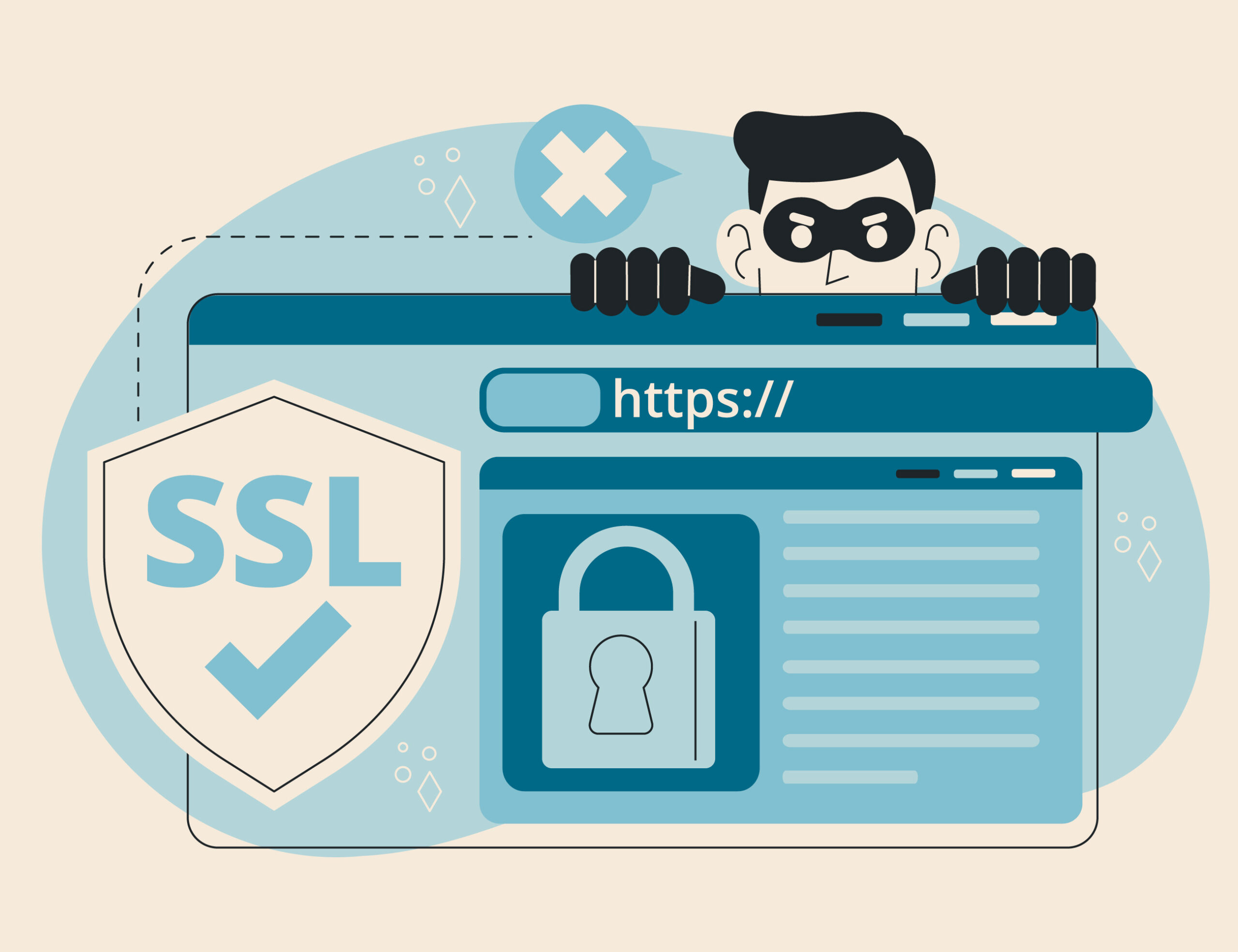In an increasingly digital world, the security of user data is more critical than ever. With the rise of cyber threats and data breaches, developers must adopt stringent security practices to build secure applications. This is especially true for Java developers, as Java remains one of the most widely used programming languages for enterprise applications. In this blog, we will explore key Java security practices that can help developers protect user data effectively.
-
Input Validation
One of the first lines of defense in application security is validating user input. Improper input validation can lead to vulnerabilities such as SQL injection, cross-site scripting (XSS), and buffer overflow attacks. Java developers should implement strict input validation to ensure that data received from users meets expected formats and constraints.
Best Practices:
- Use libraries such as Apache Commons Validator to standardize input validation.
- Employ regular expressions to validate data formats, like email addresses and phone numbers.
- Always sanitize user input before processing it.
-
Implement Secure Authentication and Authorization
Robust authentication and authorization mechanisms are essential for securing applications. Java developers should ensure that only authorized users can access sensitive information and functionalities.
Best Practices:
- Utilize industry-standard protocols like OAuth 2.0 and OpenID Connect for secure authentication.
- Implement multi-factor authentication (MFA) to enhance security.
- Use Java frameworks like Spring Security to simplify authentication and authorization processes.
-
Use Prepared Statements
SQL injection attacks remain one of the most common threats to web applications. By using prepared statements, Java developers can significantly reduce the risk of such attacks. Prepared statements separate SQL code from user input, making it harder for attackers to manipulate database queries.
Best Practices:
- Use PreparedStatement in JDBC for database interactions instead of concatenating SQL strings.
- Always parameterize queries to ensure user input does not compromise SQL logic.
-
Encrypt Sensitive Data
Data encryption is crucial for protecting sensitive information both at rest and in transit. Encrypting user data ensures that even if a breach occurs, the data remains unreadable to unauthorized parties.
Best Practices:
- Use strong encryption algorithms, such as AES (Advanced Encryption Standard), for data encryption.
- Implement HTTPS to secure data in transit using SSL/TLS protocols.
- Store encryption keys securely, utilizing tools like AWS KMS (Key Management Service).
-
Regular Security Audits and Code Reviews
Regular security audits and code reviews help identify vulnerabilities before they can be exploited. Java developers should adopt a proactive approach to security by continuously reviewing and updating their codebase.
Best Practices:
- Utilize automated security scanning tools like OWASP ZAP or SonarQube to analyze code for vulnerabilities.
- Conduct regular penetration testing to simulate attacks and identify weaknesses.
- Encourage peer code reviews focusing on security practices during development.
-
Stay Updated with Security Best Practices
The security landscape is ever-evolving, and staying informed about the latest vulnerabilities and threats is essential for developers. Java developers should regularly update their skills and knowledge regarding secure coding practices.
Best Practices:
- Follow security blogs, forums, and industry publications to stay informed.
- Participate in training sessions or workshops focused on Java security.
- Keep up with Java updates and patch vulnerabilities promptly.
Conclusion
Building secure applications in Java is not just a best practice but a necessity in today’s digital landscape. By implementing key security practices like input validation, secure authentication, the use of prepared statements, data encryption, regular audits, and staying updated, developers can significantly reduce the risk of data breaches and protect user information. As Prashant Bhardwaj emphasizes, prioritizing security is essential for fostering user trust and ensuring the long-term success of applications.









